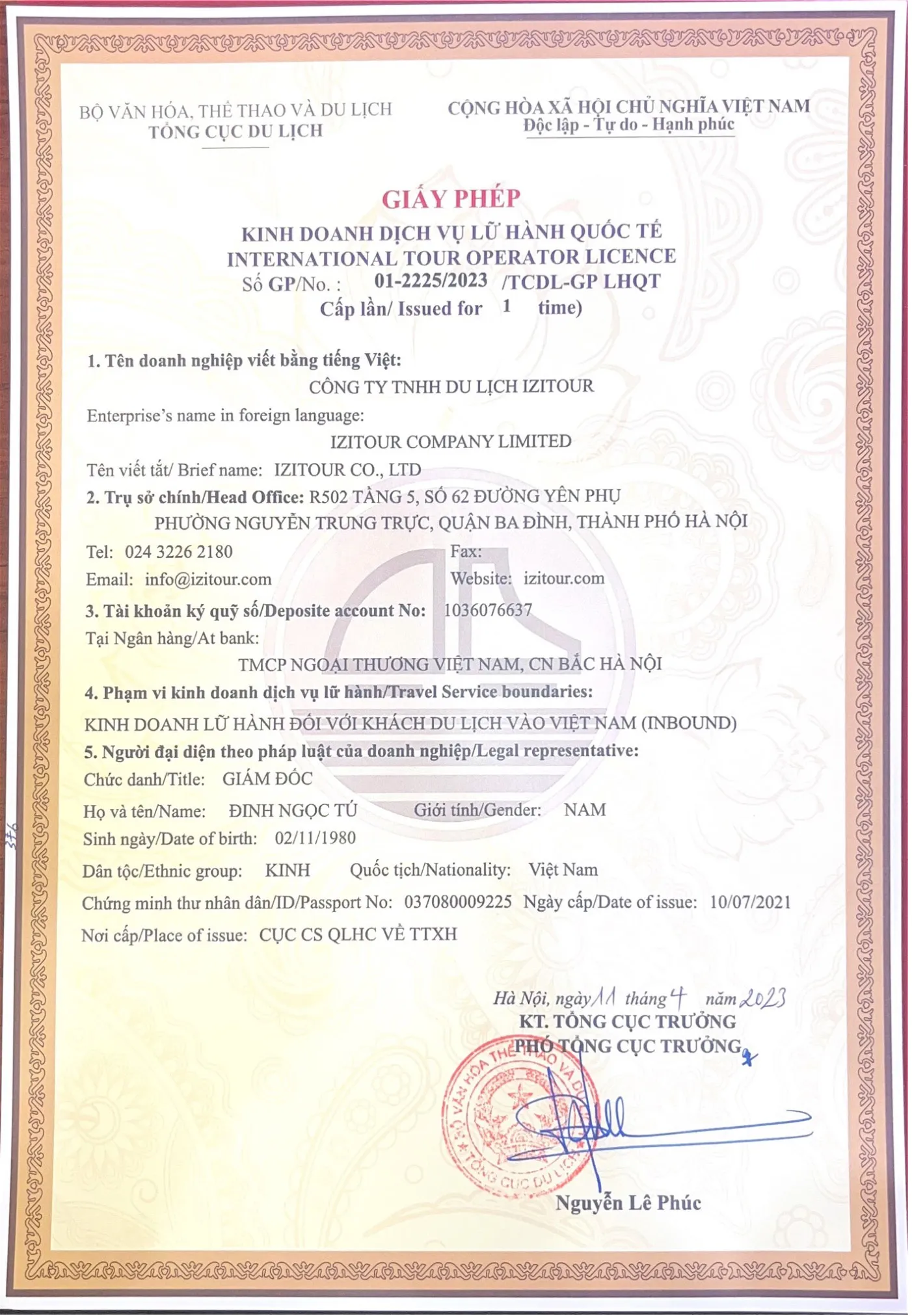Bai Tu Long National Park is situated entirely within the bay of the same name, a marine and insular area of Quang Ninh province, Vietnam. It not only boasts spectacular natural beauty with hundreds of small and large islands, fine white sand beaches, and crystal-clear waters, but is also recognized as a valuable biodiversity center. Unlike the lively and often crowded Halong Bay, Bai Tu Long retains a wild, serene, and pure beauty, inviting those who seek tranquility and wish to explore a truly unique natural heritage. If you are a wildlife enthusiast or nature lover, a trip to Bai Tu Long Bay must include exploring the majesty and rich ecosystem of Bai Tu Long National Park.
About Bai Tu Long National Park
Bai Tu Long National Park is a biosperic treasure generously gifted by nature to the Van Don area of Quang Ninh, located in the Northeast region of Vietnam.
It was officially established in 2001 with two primary missions: to conserve the rich ecosystem and maintain the balance of its unique island and marine environments. As one of the country's most important protected natural areas, Bai Tu Long National Park is not just a spectacular landscape complex of limestone mountains, mangrove forests, and coral reefs, but also plays a crucial role in protecting genetic resources and maintaining the natural habitat for the entire Vietnam's Northern's Gulf.
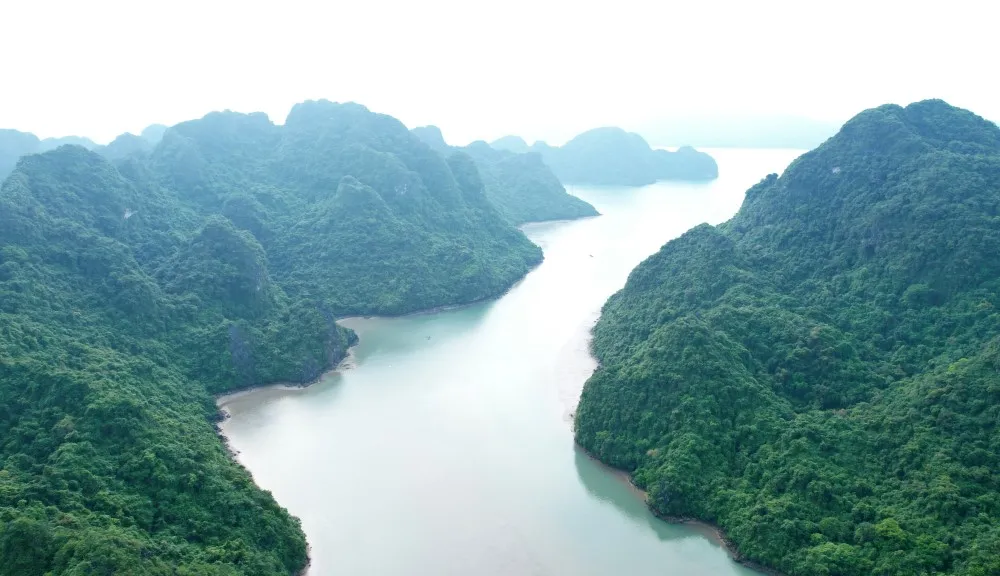
The park covers a vast area of about 15,000 hectares, including both terrestrial and marine zones, extending across an extremely diverse landscape. The ecosystem here is a dynamic combination of forested mountains, swamps, tidal flats, and maritime island areas, creating a rich and varied natural picture. The park encompasses several habitat types, from warm tropical forests and mangrove forests to sandy beaches and imposing limestone islands.

With more than 80 large and small islands and a vast marine area, Bai Tu Long offers an overall unique landscape, representative of the Northeast region of Vietnam. This area is considered both a rich treasure trove of biological resources and a conservation site for many rare animal and plant species, creating a diverse ecosystem with high conservation and scientific research value.
Meeting five rigorous criteria—related to ecological integrity, representativeness, naturalness, uniqueness of rare habitats, and legality—in 2017, Bai Tu Long National Park was recognized by the ASEAN organization as the 38th ASEAN Heritage Park in the Southeast Asian region and the 5th AHP in Vietnam.
The biodiversity and ecosystems of Bai Tu Long Park
The true wealth of Bai Tu Long lies in its complex interaction of three main, self-sustaining ecosystems:
Island terrestrial ecosystem (Limestone karst)
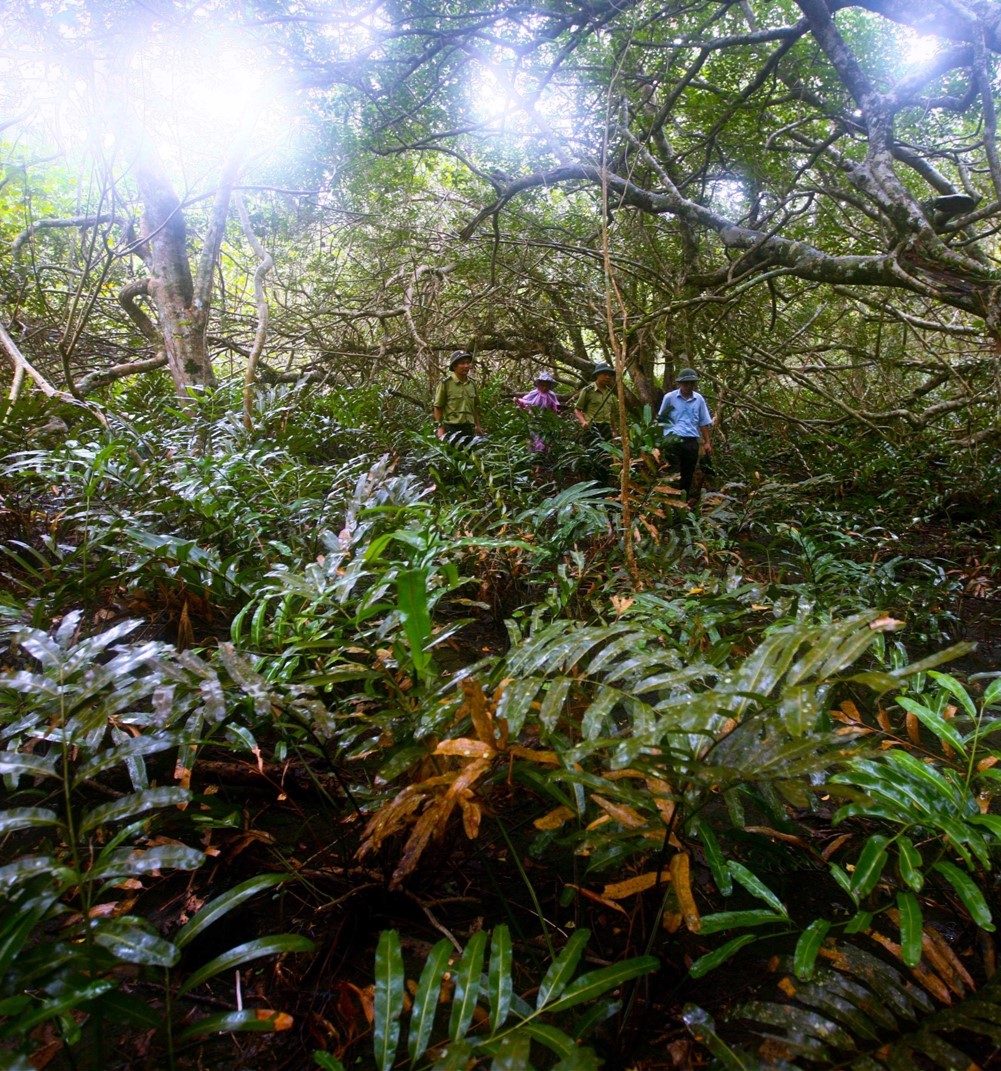
The limestone mountains, remnants of ancient seabeds, are the geological backbone of the park. On these islands, a dense and resilient warm tropical rainforest thrives in a thin layer of soil. This area is vital for the conservation of endemic species.
The flora is incredibly varied, including Gmelina, Syzygium, Black Pine, and Trai Ly tree. The forest, despite being geologically relatively young, acts as a green lung and water reservoir for the islands.
Ba Mun Island, in particular, is a sanctuary for mammals like the Porcupine (Hystrix brachyura) and, as witnessed, the Long-tailed Macaque (Macaca fascicularis) and the rare Golden-haired White Monkey (a local variety). These animals play a crucial role in seed dispersal and maintaining forest health.
Mangrove forests and tidal flats
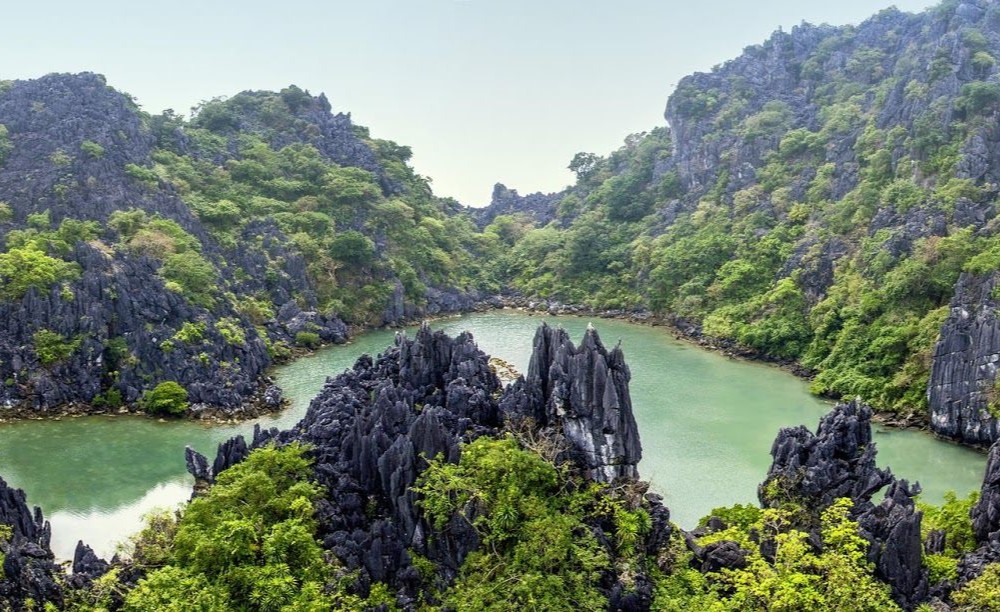
Mangroves represent an essential ecological buffer. They are found in protected coastal areas and in “tùng áng”—closed marine inlets, similar to lagoons or fjords, accessible only through narrow passages or sea tunnels (like at Hang Luon).
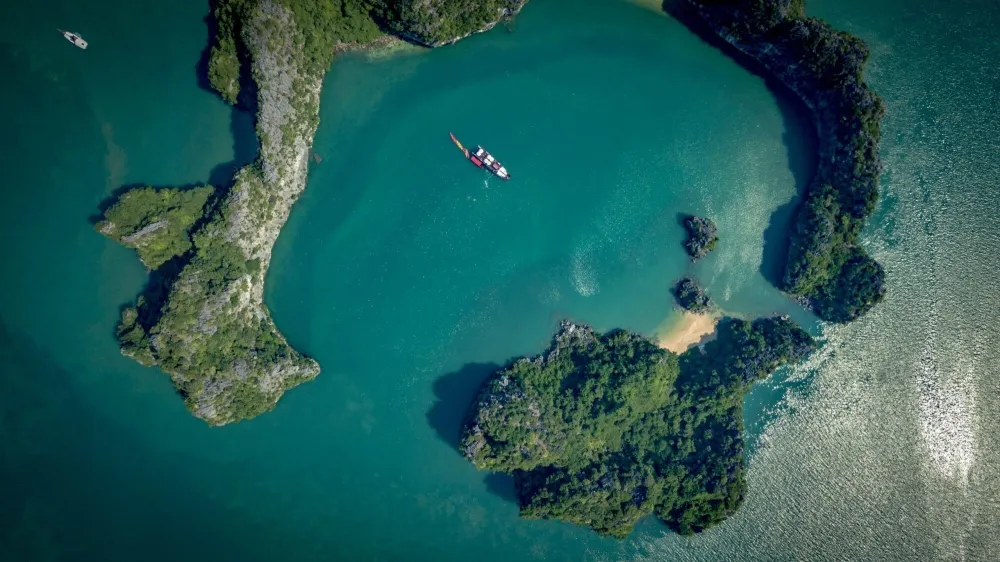
Mangrove forests act as a "natural nursery" or "cradle" for marine life. Their aerial roots protect the coast from erosion and filter the water. Mangrove species like Rhizophora and Kandelia dominate, creating a perfect habitat.
This zone is a haven for crustaceans such as shrimp and crabs, and for mollusks. It is here that juvenile fish find refuge and food before venturing into the open sea. The area is also a crucial stopover point for migratory birds, further boosting the park's avian biodiversity.
Marine ecosystem and coral reefs
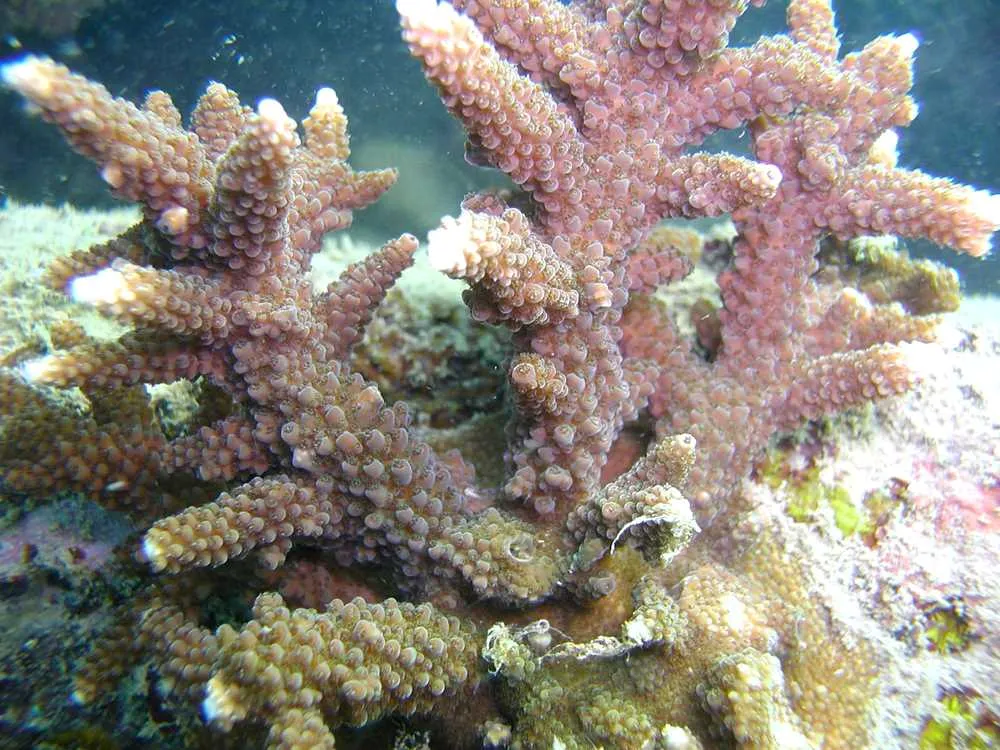
The Park encompasses a vast marine area where the crystal-clear water promotes the development of coral reefs and the abundance of algae and seagrass beds.
The coral reefs, while not as extensive as in the deep tropics, are healthy and host a wide range of colorful fish, mollusks, and invertebrates. The marine area is fundamental for the sustainable fishing of the local Van Don community and is home to high-value commercial and conservation species like the Horseshoe Crab (Tachoplus tridentatus).

When to visit Bai Tu Long National Park?
Bai Tu Long National Park is located in a tropical monsoon climate zone, where the weather is distinctly separated by seasons. Summer, from April to September, brings high temperatures, intense sun, and the possibility of storms in August. The average summer temperature ranges between 28 and 35°C, with high relative humidity.
Therefore, the best and most recommended time to visit Bai Tu Long National Park is during Spring and Autumn, specifically:
- February to May: The start of the year.
- October and November: The beginning of winter.
Visiting Bai Tu Long National Park in Spring (February to May), tourists can admire lush, warm, and vibrant natural landscapes, with trees budding and a myriad of flowers in full bloom. Furthermore, this period features a pleasantly warm and sunny climate, ideal for enjoying a swim in the streams or inlets within the national forest.
In Autumn and early Winter (between October and November), the air is cool with light sunshine, which is perfect for physical activities such as trekking or exploring the rich biodiversity without the intense heat of the summer.
Top things to see in Bai Tu Long National Park
Ba Mun Island

Located in the Bai Tu Long archipelago, part of the Ha Long Bay UNESCO World Natural Heritage Site. Nicknamed the "National Park in the middle of the sea," Ba Mun Island is the ideal destination for those who love to explore wild nature and study the virgin forest ecosystem. Covering an area of about 1,800 hectares, Ba Mun Island boasts an extremely diverse flora and fauna, with over 780 species, many of which are listed in the Vietnam Red Book. Along with its diverse ecosystems and magnificent landscapes, Ba Mun Island attracts visitors who wish to immerse themselves in the green space and have the opportunity to see rare flora and fauna up close.
Hang Luon Cave (Cai De Cave)
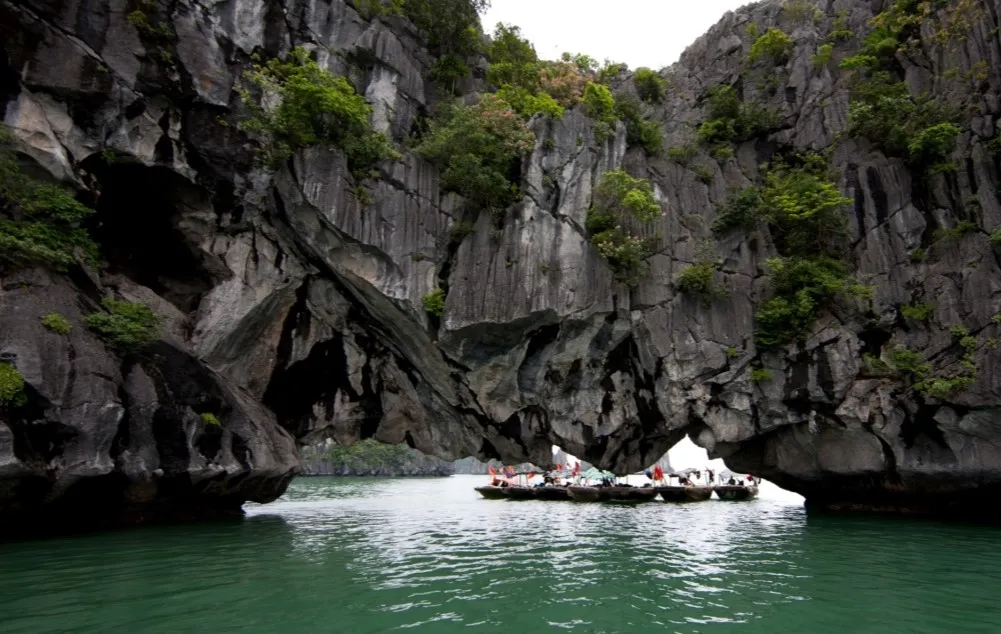
Hang Luon Cave is one of the largest discovered caves in Bai Tu Long Bay. The cave is 300-400 meters long, extending through a limestone mountain range, with its widest part reaching 50 meters. On the ceiling and sides of the cave are many stalactites of different shapes and colors, creating unusual images as if nature wanted to showcase its art.
The cave has two entrances: the outer entrance connects to Ang Cai De, and the inner entrance connects to the Cai De Valley, where a saltwater lake is nestled amidst the limestone archipelago. Ang Cai De is about 500 meters long and, when the sea water rises, it becomes a long sea channel with crystal-clear water, surrounded by a lush virgin forest. This place is suitable for adventure lovers. Tourists can kayak or paddle in small basket boats to enter the cave when the tide is low and explore its fascinating interior.
What makes Luon Cave so interesting is its absolute dependence on the tidal cycle: only when the water recedes (low tide) do visitors have the opportunity to paddle a boat (canoe or kayak) through the narrow cave entrance to explore the mysterious inner space and admire the splendid sea on the other side. Conversely, when the tide rises, the water level fills almost the entire cave ceiling, the entrance is blocked, and all exploration activities are forced to stop.
Hang Doi (Bat Cave)
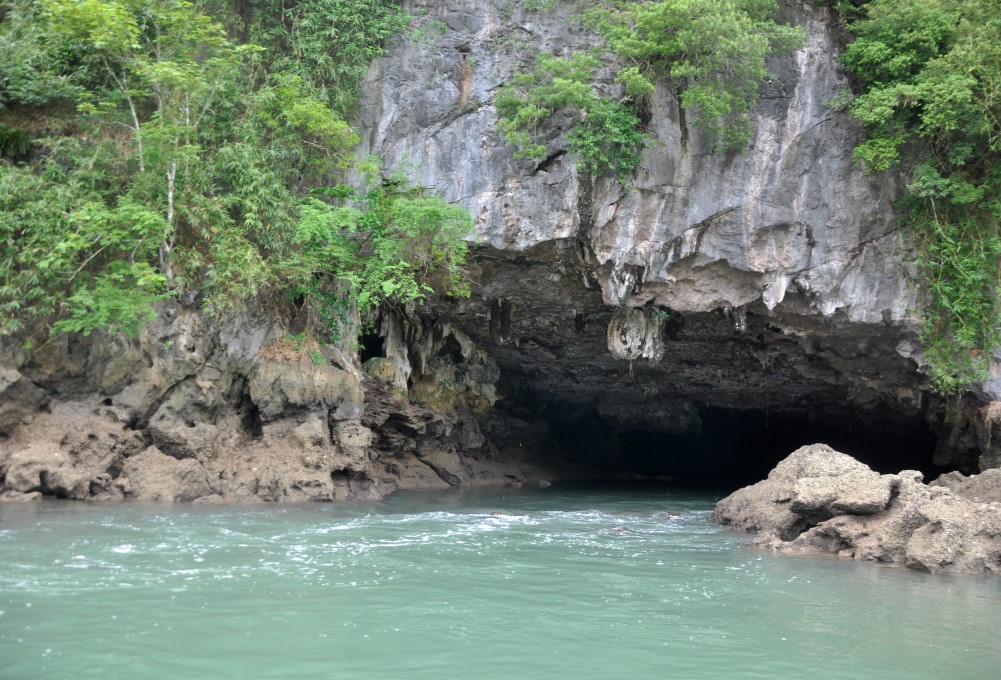
Nestled in the most remote area of the mangrove forest ecosystem, Hang Doi is an unmissable destination where nature is preserved in its most pristine state. This cave is the natural habitat for thousands of Bats, and it is also home to many rare wild species such as the Golden-haired White Monkeys, Long-tailed Macaques, and marine creatures like shrimp, crabs, and Horseshoe Crabs.
Upon entering Hang Doi, visitors can observe these creatures in their natural environment. Even more special, this place preserves blocks of stalactites formed over millions of years of geological activity. These speleothem masterpieces create countless unique shapes, glittering in the light, offering a mysterious and majestic beauty that can only be experienced in this Bat Cave.
Tra Ngo Lon Island
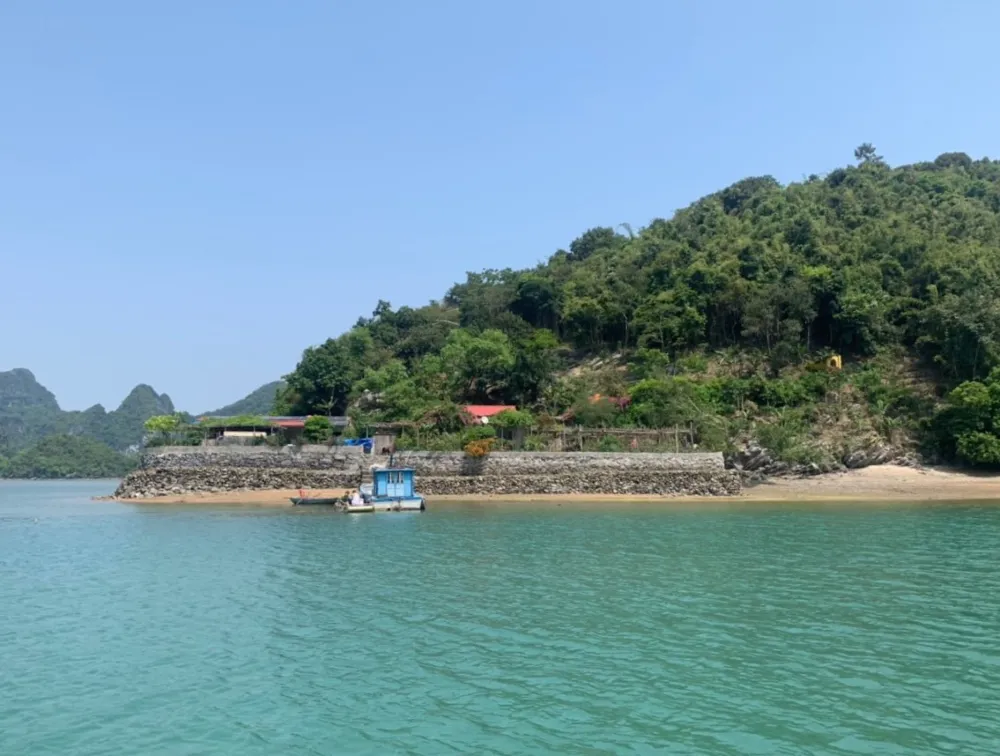
As the largest island in the area of Bai Tu Long National Park, with an area spanning over 1,000 hectares, it boasts an extremely unique combination of topography and ecosystems. The landscape is shaped by a harmonious alternation of majestic limestone mountain ranges and earthen hills, concealing many mysterious caves.
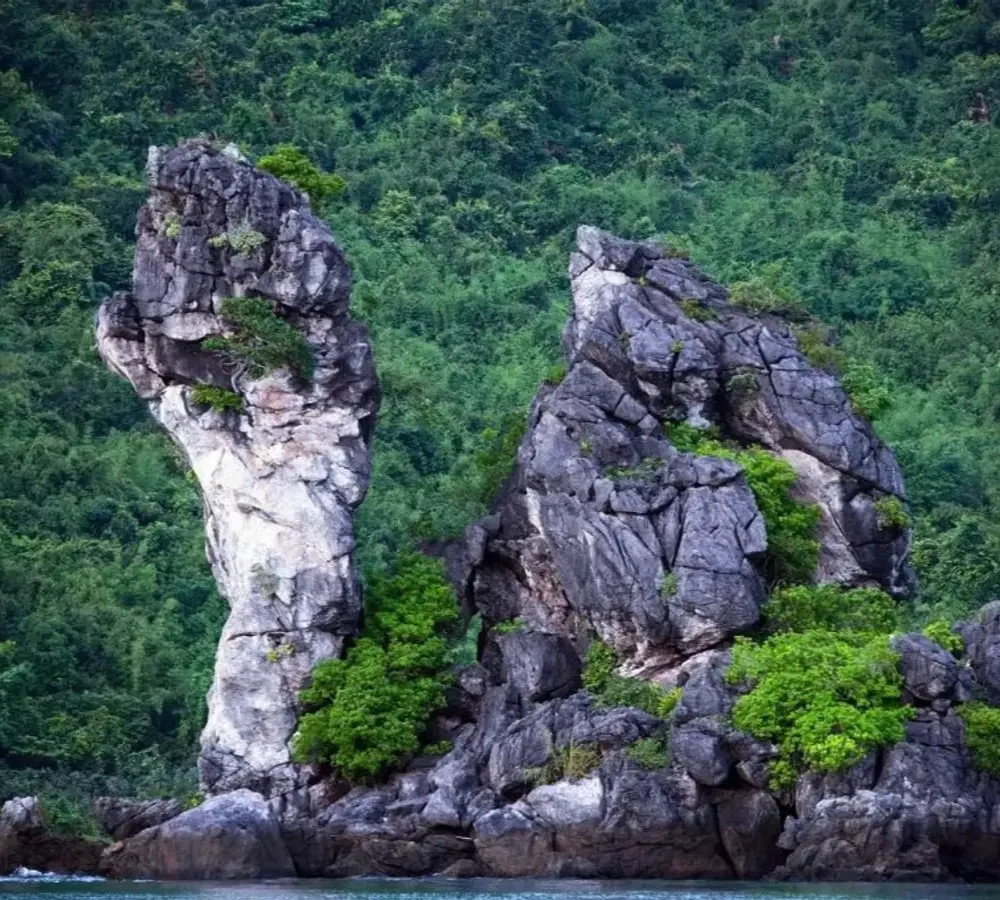
The island is home to a complex ecosystem: from primary forests on the mountains to the unique mangrove ecosystem winding through the “tùng áng” (closed marine inlets), all the way to the rich marine ecosystem in the ocean depths. It is precisely this landscape diversity and the abundant flora and fauna ecosystem that have created a strong appeal, inviting tourists to visit and explore the wild and original beauty of the island.
How to get to Bai Tu Long National Park
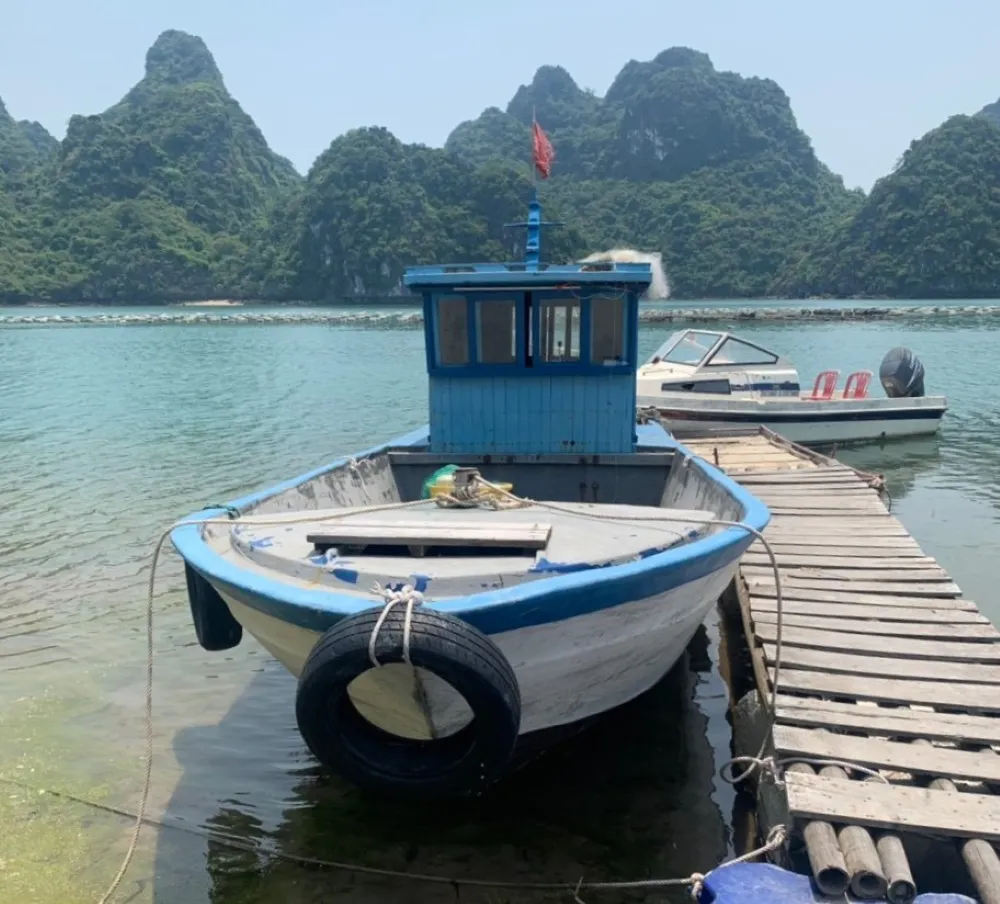
To begin the journey to Bai Tu Long National Park, tourists must first reach the Van Don port area, Quang Ninh province. There are several transportation options with varying travel times:
Transfer from Hanoi to Van Don Port
- Private car and limousine: This is the fastest option. Tourists should choose to travel on the Hanoi - Van Don Expressway. The estimated travel time is only 3 hours. For the Limousine service, the ticket price generally ranges between 260,000 and 300,000 VND per person per way, offering comfort and convenience.
- Private motorbike: If you love exploration and scenery, you can choose to travel along National Road 18, passing through Bac Ninh and Hai Duong. This route requires about 4 hours of travel.
From the Port to Bai Tu Long National Park
After arriving in Van Don, your stopping point will be one of the ports such as Ao Tien Port or Cai Rong Port.
- From here, tourists purchase boat tickets directly at the counter to reach the National Park area.
- The (estimated) boat ticket price generally ranges around 200,000 VND per person for the trip to the island.
With a diverse ecosystem and pristine natural landscape, Bai Tu Long National Park has become a precious gem of Bai Tu Long Bay in particular and the Northeast region of Vietnam in general. Moreover, with its status as an ASEAN Heritage Park, Bai Tu Long has preserved and continues to protect a complex ecosystem, ranging from virgin forests on Ba Mun Island to the diverse marine life hidden in caves and mangrove forests. When visiting Bai Tu Long, travelers find not only spectacular landscapes but also peace and serenity, a retreat from the frantic pace of modern life.
We hope the helpful information above will assist tourists in making the right decision when choosing which bay to visit. Bai Tu Long National Park and Bai Tu Long Bay always welcome you for your vacation and relaxation.
See more:
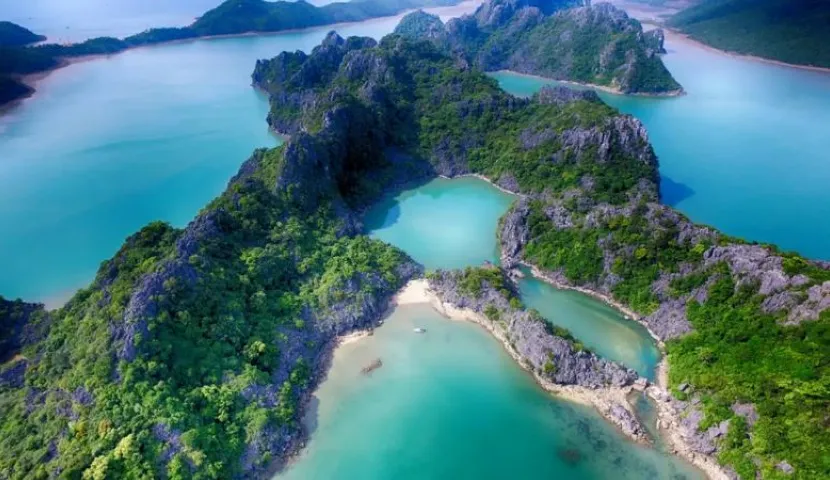







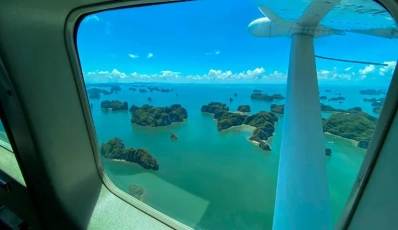
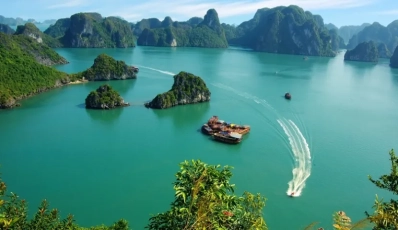
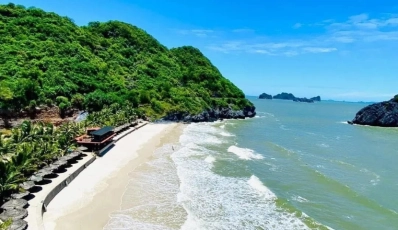
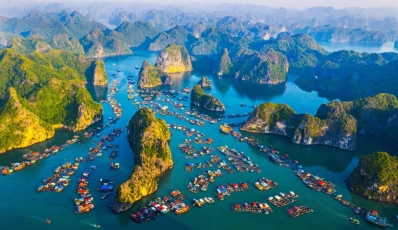
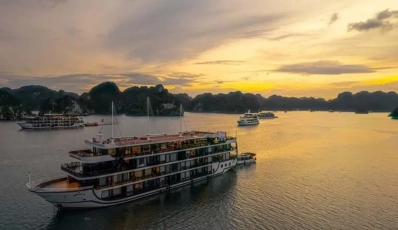

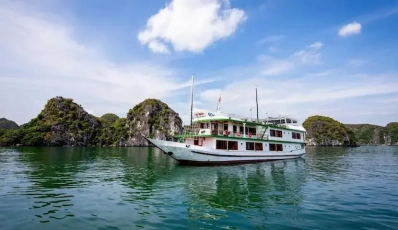
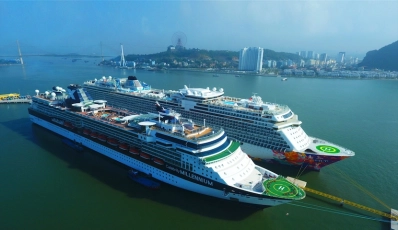
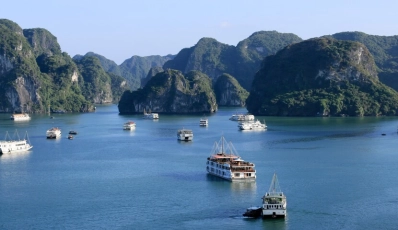
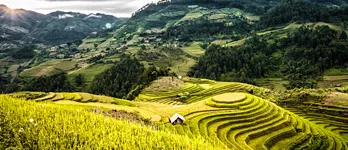
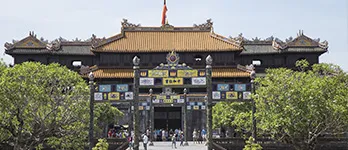


 TRAVELERS' CHOICE 2025
TRAVELERS' CHOICE 2025 